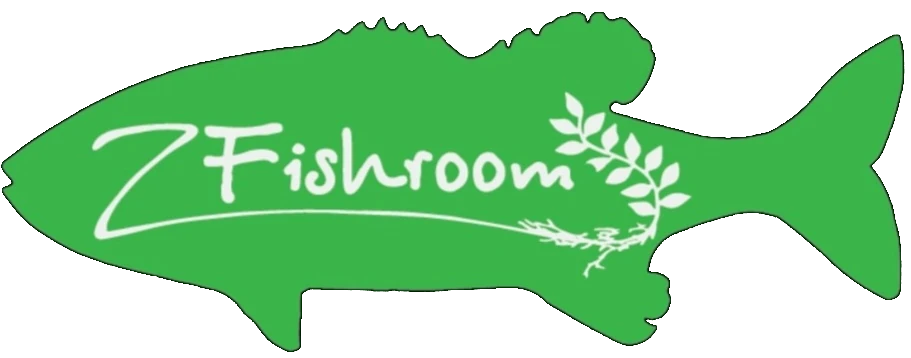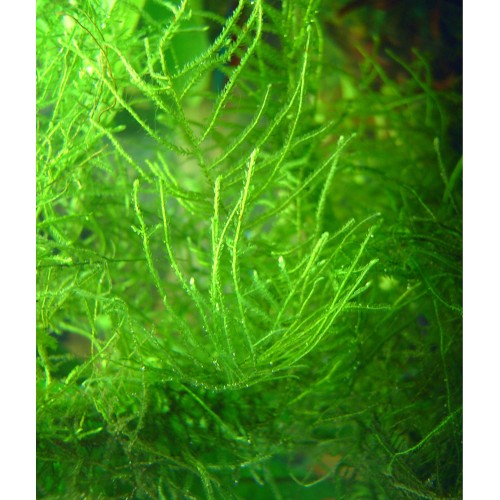Java Moss
-
$7.99
Java Moss is a versatile and hardy plant that thrives in a wide range of conditions, requiring minimal light and water to grow. Its adaptability makes it an excellent choice for aquarium enthusiasts looking to decorate stones, ornaments, or conceal items within their tanks. One of the most notable features of Java Moss is its ability to grow on virtually any surface, making it ideal for creating natural-looking landscapes in your aquarium.
This plant is also unique in its ability to thr...
- Product Code: java-moss
- Availability: Out Of Stock
Java Moss is a versatile and hardy plant that thrives in a wide range of conditions, requiring minimal light and water to grow. Its adaptability makes it an excellent choice for aquarium enthusiasts looking to decorate stones, ornaments, or conceal items within their tanks. One of the most notable features of Java Moss is its ability to grow on virtually any surface, making it ideal for creating natural-looking landscapes in your aquarium.
This plant is also unique in its ability to thrive in brackish water, where many other plants would not survive. Java Moss can be easily attached to rocks and driftwood using fishing line or cotton thread. As the thread decomposes over time, the moss establishes itself securely, creating a lush, green covering. It can also be used to create carpets or moss walls by spreading it over plastic mesh or canvas.
Java Moss is one of the most common mosses in the aquarium trade, valued for its ease of care and rapid propagation. It does well in a variety of water conditions, including weakly brackish environments, and can tolerate a wide range of temperatures, from 68 to 86 °F (20 to 30 °C). This plant is particularly popular among aquarists raising fry or tadpoles, as it provides a protective environment against cannibalistic adults. Additionally, shrimp often feed on the microorganisms and detritus that accumulate on the moss. Java Moss can be easily propagated by division, making it a sustainable option for both aquatic and terrestrial setups, such as vivariums.
Image By Buchling, CC BY-SA 3.0, https://commons.wikimedia.org/w/index.php?curid=1265454

